Nelson Mandela’s incredible life is inextricably linked to events that took place in Soweto in South Africa. Accordingly, you’ll find a well signposted Madiba Heritage Trail around the key landmarks in Johannesburg. But what about the rest of Soweto? What is it like to visit this neighbourhood today?
What is it like to visit Soweto?
This article was originally published in 2013. See also…
- 19 unusual things to do in Cape Town
- A poem about South Africa that challenges and comforts
- Why South Africa is called the Rainbow Nation
- Why colour still matters in Cape Town: what to do in Bo Kaap
First Impressions of Soweto
A boy kicks a football in the dust. A cloud of burned, breathless amber follows his feet as he runs. The background is flat and empty; the foreground laced with wire.
That’s the image I had of Soweto, South Africa’s most notorious township: a sprawling no man’s land south west of Joburg. Itself a byword for danger, only the barefoot feet and football ads set it apart from every other impoverished, sterile desert in the world.
The Real Soweto
So, as I found myself one Sunday morning struggling to move, I had an epiphany. Engulfed by a marching band, an evangelical choir and more children than I could balance on one shiny rental bike – no lock, no need – I realised I had got it wrong.
My eyes flashed along the tree-lined tarmac roads that followed the swollen contours of the earth and they turned inwards instead to ask myself this: where and why had I got those other mental images?
From television? Or perhaps, the cinema. News bulletins, football adverts, films.
And the truth is, of course, that there are places like that in Soweto. It’s just that that’s half the story. Less than that in fact.
The Soweto Mandela Leaves Behind
Soweto seems as apt a place as any to visit when contemplating Nelson Mandela’s extraordinary role in the world. While 18 of his 27 imprisoned years took place on Robben Island in Cape Town, it was in Soweto that he lived a free man. In Soweto, he worked as a lawyer, teamed up with Oliver Tambo & the ANC and became a fugitive from the law.
And it was in Soweto where 13-year-old Hector Pieterson was killed, a schoolboy shot by police during protests about changing the language of education.
And perhaps most poignantly of all. It was Soweto where Mandela returned when released from prison after all those years.
A Small Area of History
What I find all the more extraordinary, is just how close by those events took place. Soweto itself covers an area of 150 square kilometres yet within about twenty minutes, you can walk past those world-changing landmarks and take in Archbishop Tutu’s home too.
This is the polished side of Soweto: signposts mark the heritage trail and tourist coaches line up beside overflowing restaurants.
It’s a far cry from the sewage-soaked mud channels that lurch between corrugated roofs, where men huddle in darkness drinking homebrew from cartons and dead rats lie within sight of the communal tap. That’s elsewhere within this South African 150 square k.
Raw Soweto
So, too, is a nightclub we stop at for the chance of a bite to eat – or a braai. We pick a plateful of red raw meat and wait as it sizzles and smokes.
We attract attention.
“You do know where you are, right?” asks one man, concerned for my safety – or perhaps it’s for my sanity.
“You are welcome here, my friend,” says another, throwing his arms around me. “The people I work for are white,” he adds, “and they never come out to Soweto.”
After the third or fourth person responds in a similar way, I’m not sure whether to feel at ease or on edge with regards to my place right here in the crowd.
“I don’t know whether you know this,” confides one in a drunken confessional whisper in between wanting to marry my friend, “but we used to have some race problems around here.” He waves his hand through the air. “Some problems between black and white.”
A part of me wants to cry. Yes, I knew. The whole world knew.
Freeee-ee Nelson Mandel-A!
Back in 1990, I was a child in school. I remember singing songs, wearing T shirts and swaying away to Freee-ee Nelson Mandel-A! (The outstanding Apartheid Museum has an excellent recap of the period and offers an exploration of just how the Apartheid system developed and how it was broken down.)
Much like watching the fall of the Berlin Wall, I had enough wisdom to notice that something momentous was happening, but not really enough to appreciate what it was.
 The International Response At The Time
The International Response At The Time
Nor did I realise, til many years later, that the one paved the way for the other. The US and UK had followed a very uncomfortable diplomatic path when it came to Apartheid. Criticism and sanctions, yes, but also tacit support. US intelligence did lead to Mandela’s arrest, after all.
Since Uncle Sam saw the ANC as communist allies, it made sense that the fall of the Soviet Union coincided with the release of the ANC. For although Mandela embodied the public struggle, he wasn’t alone in those decades of confinement. Eight other men received sentences for life imprisonment on that fateful day in 1964, essentially the top echelons of the ANC at the time.
Still, in my childhood eyes, once the terrible wrong had been righted, life could then go on as normal. I hadn’t yet the experience to realize that that’s seldom the path fate takes. That revenge, retribution and retaliation are the factors that far more frequently storm into town.
I hadn’t yet the experience to realize that that’s seldom the path fate takes. That revenge, retribution and retaliation are the factors that far more frequently storm into town.
The Word on the Street
“When he came out, we were ready,” said a driver I’d met in Cape Town.
Like many men of his generation, he’d forgone an education in order to join the struggle. He too had been imprisoned. He too had been subject to appalling laws, police brutality and endless hardship.
“If Mandela had said it is time to fight back, to drive them into the sea, there is no doubt in my mind that we were ready.”
He laces his fingers behind his head and smiles. “Thankfully, he did not do that.”
No, as the world now knows, Mandela followed the schoolyard dream instead. One where warring parties apologize, try to make amends and begin to build a future together. One where instead of fighting over who owns what piece of land, there’s acceptance that since we’re all here, we should all learn to try to get along.
Respect
If I admired what Mandela stood for then, I have almost no words to describe how I feel now. Now that life has taught me just how hard it can be for any of us to truly forgive and to make amends within our own private struggles, let alone when contemplating a lifetime – and loved ones – lost.
And it should make us wonder about those whom we call terrorists now. Listen to their grievances. And question, just be absolutely sure, that we’re making the right call this time around.
And what next for South Africa?
“The white man is scared we are going to drive him into the sea!” cried another of the drivers I met in Cape Town, a man with silver hair, an aching chest of stories and something of a twinkle in his eye.
This seems a strange concern in Soweto, not least because we’re 500 km from the coast. But also because it hasn’t been my experience of the country. And because when twenty children clamour for you to take their photo it’s hard to think of anything else at all.
But later, much later, as the clouds drift across wings of metal and the red dust plains seem so far below, I can only hope – perhaps even assume – that these fears are as groundless as those that came before them.
And I think of these iconic words:
I have fought against white domination, and I have fought against black domination. I have cherished the ideal of a democratic and free society in which all persons live together in harmony and with equal opportunities. It is an ideal which I hope to live for and to achieve. But if needs be, it is an ideal for which I am prepared to die. Mandela
While Mandela may not have written them, he spoke them and he lived them. And, quite simply, the world is better as a result.
That’s the real legacy of Mandela in Soweto, if not in over a million souls across the world.
For to be free is not merely to cast off one’s chains, but to live in a way that respects and enhances the freedom of others.
Nelson Mandela
FOLLOWING THE MADIBA TRAIL IN SOUTH AFRICA
I’d highly recommend a trip to the Apartheid Museum in Johannesburg, as well as the Lilliesleaf Trust, where most of those tried in the Rivonia Trial were captured. Also, there’s nothing like visiting Robben Island to take in the size of the cell and the sense of isolation from the world.
Disclosure – I visited Johannesburg as a guest of Go To South Africa and South African Airways. All views, however, remain my own. Except for where I’ve quoted Mandela. Where I trust the distinction is obvious…
More About Travel in Africa
- The best places to visit in Africa: how to build your bucket list
- Namibia and the oldest desert in the world
- The best beaches in Madagascar
- What safari guides really fear in Botswana’s Okavango Delta
- How the red tsingy in Madagascar are the perfect antidote to travel overload.
- The real pride rock
- Why Ouirgane valley in Morocco deserves your time
- The highs and lows of driving in Morocco
- What you need to know about trekking Kilimanjaro

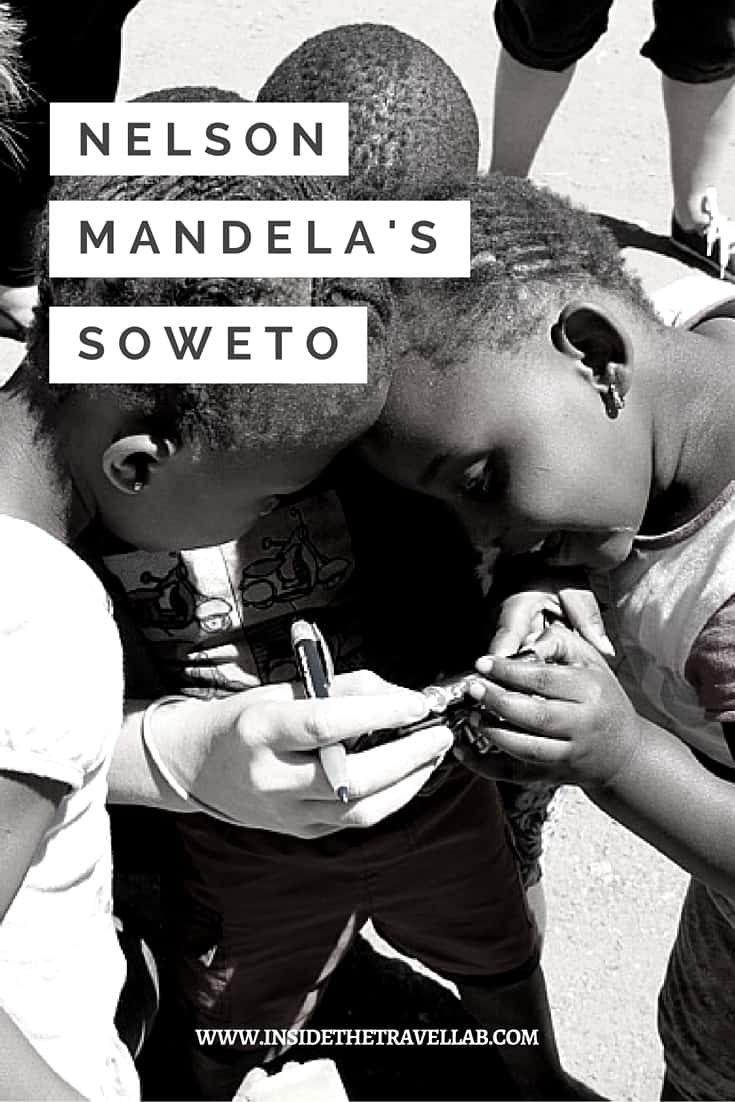
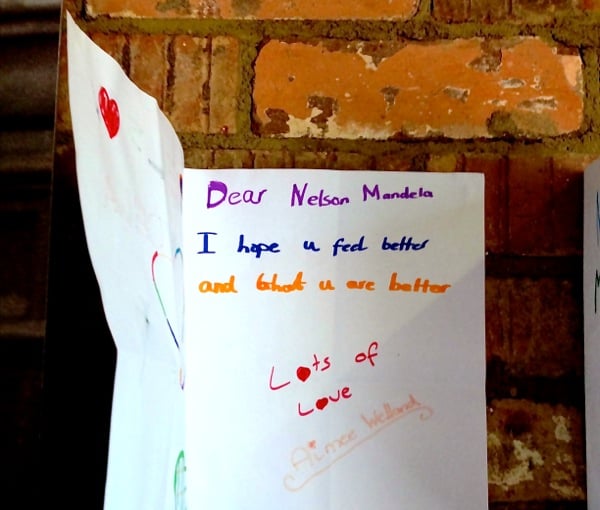
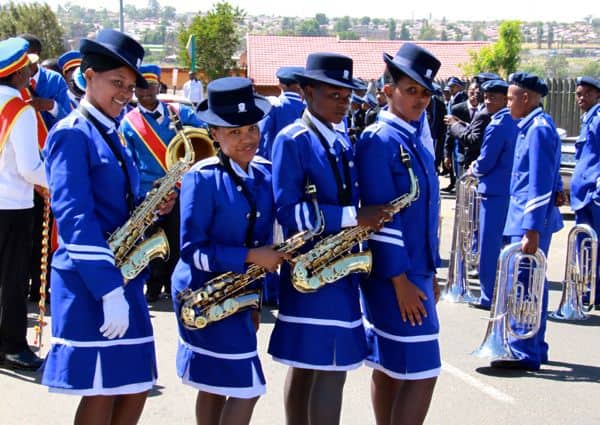


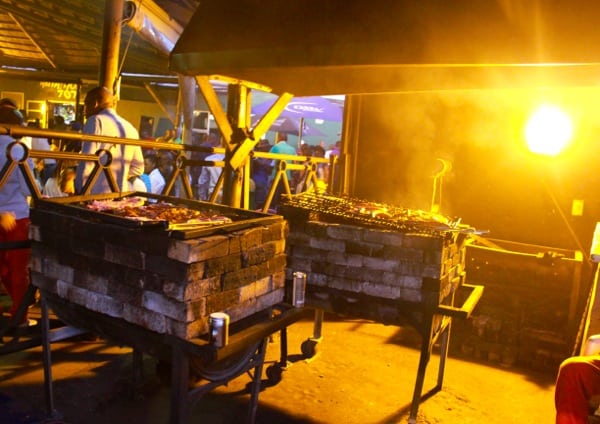
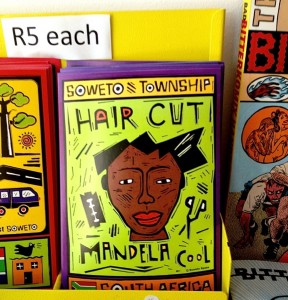 The International Response At The Time
The International Response At The Time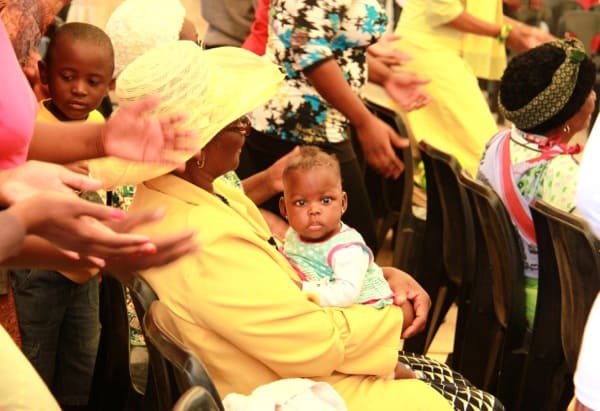
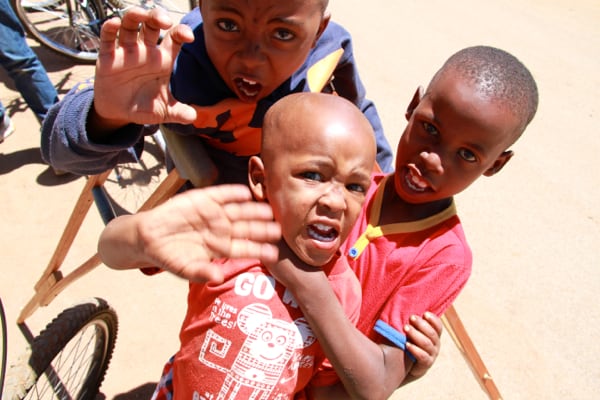
Madela was an amassing men